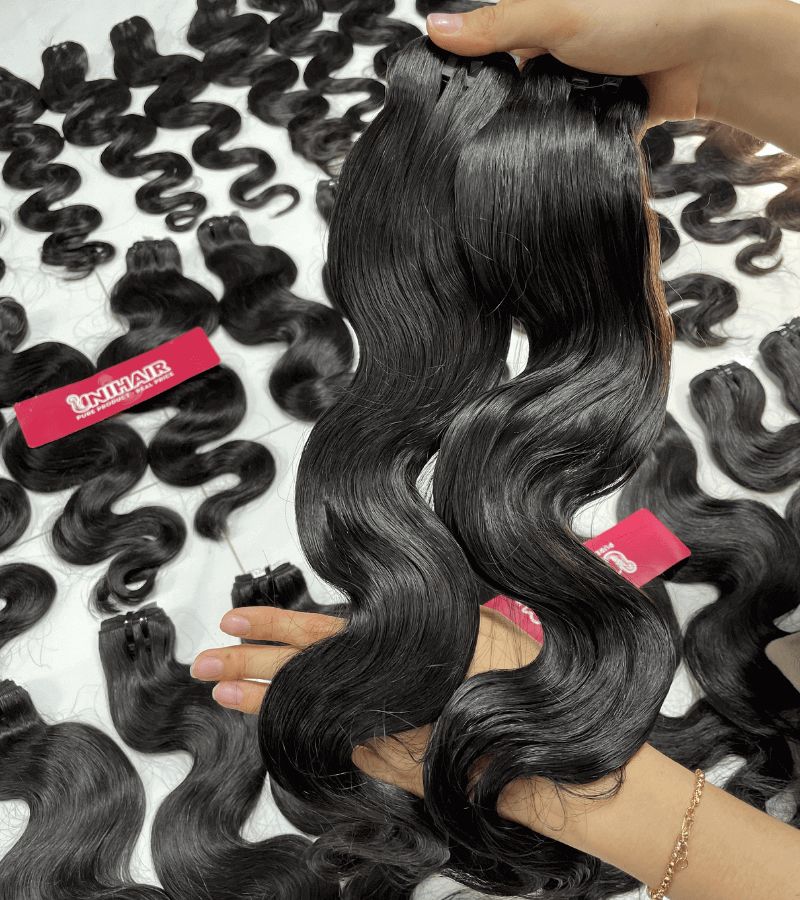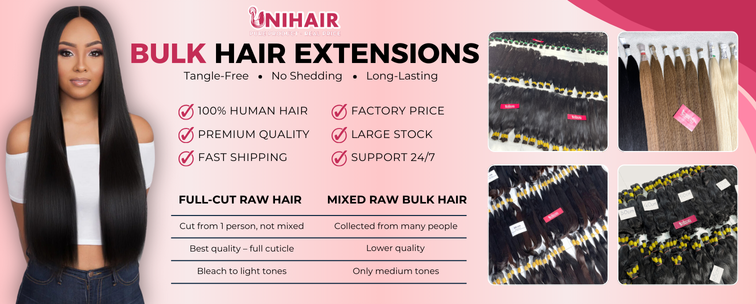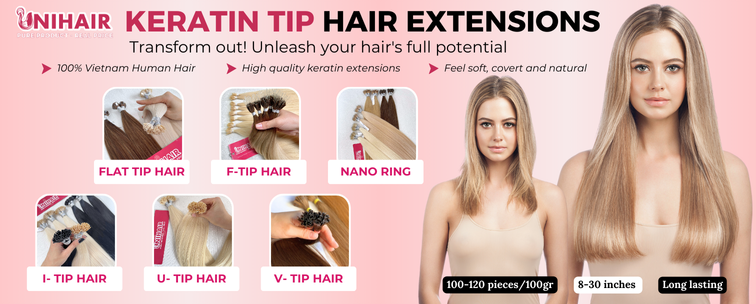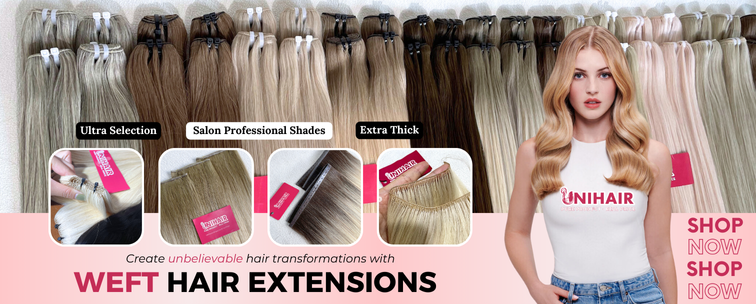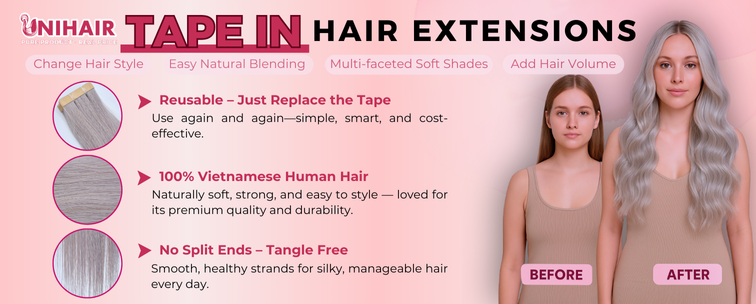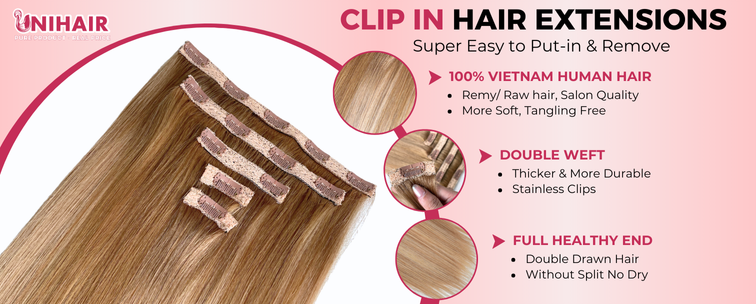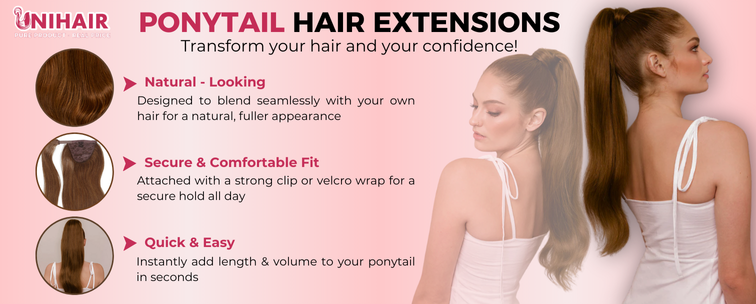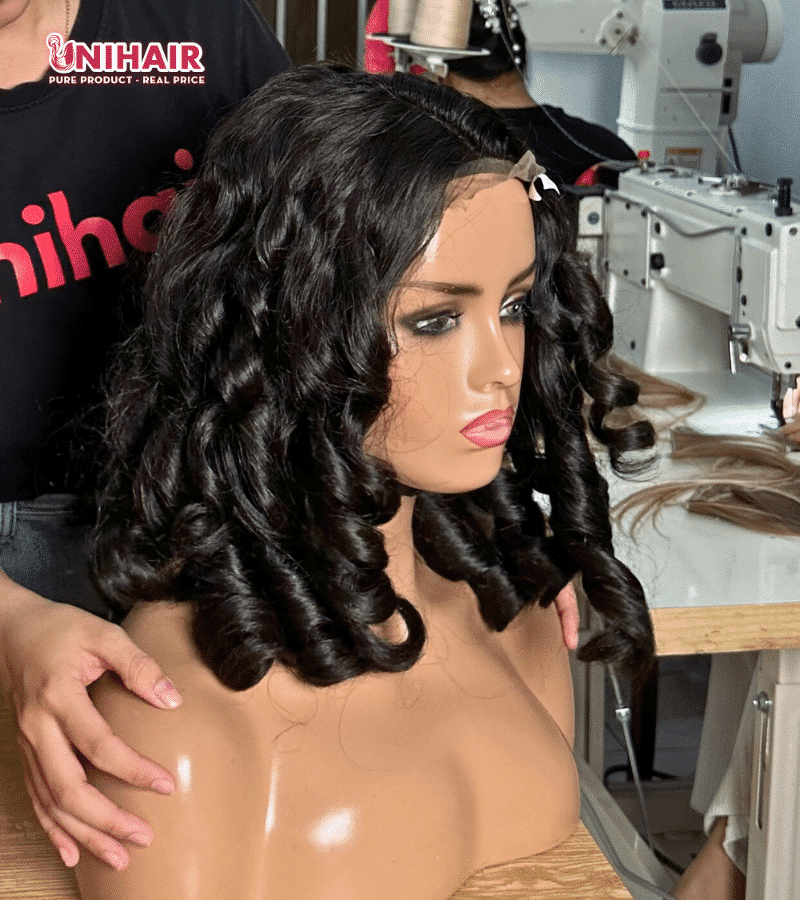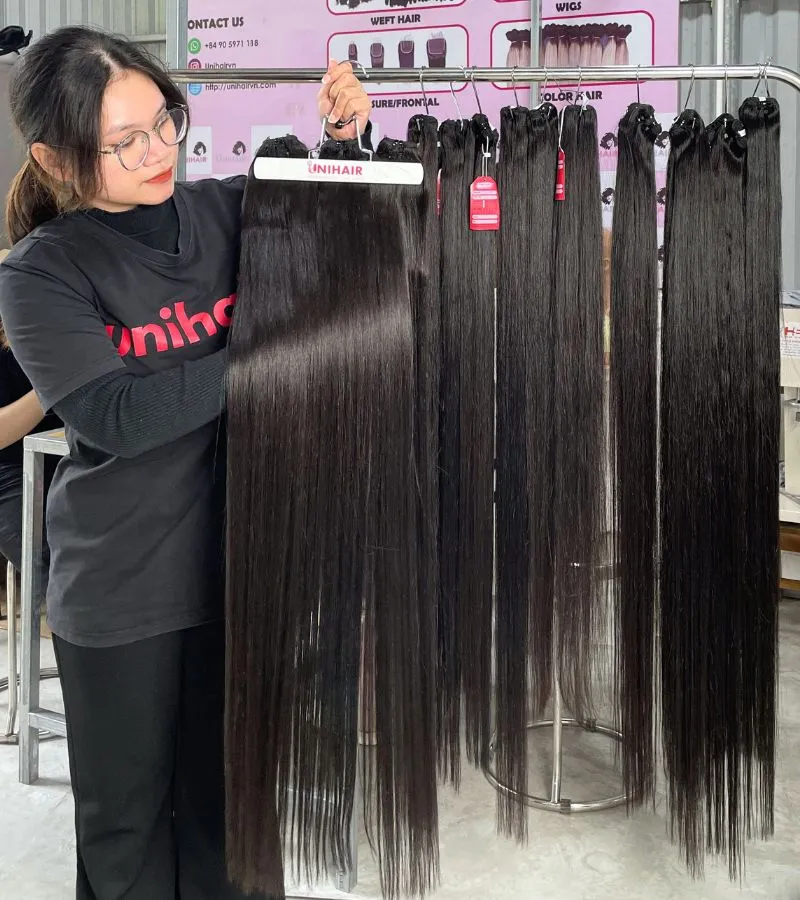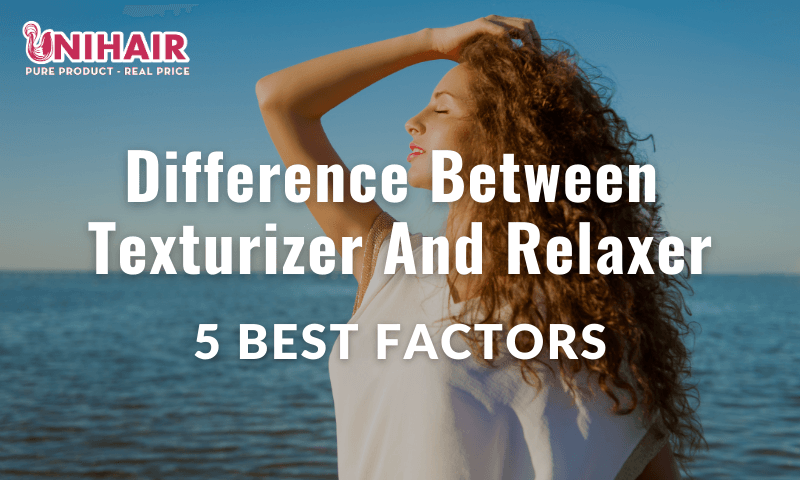Difference Between Texturizer And Relaxer: 5 Main Factors To Consider
Understanding the difference between texturizer and relaxer can be a game changer when it comes to hair care. Both of these products work differently on your hair, offering unique outcomes based on their application. This article aims to delve into their distinguishing features, helping you determine which product aligns better with your hair goals and dissecting the benefits and drawbacks of each. Stay tuned as we unravel the mystery of texturizer vs relaxer in the realm of hair care.
Everything You Need To Know About A Texturizer
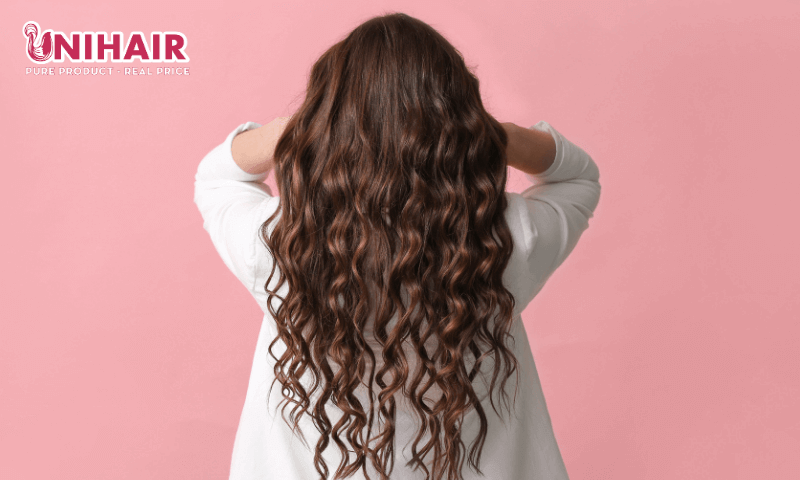
What Is A Texturizer?
A texturizer is a mild form of a relaxer that loosens the natural curl pattern of your hair without completely straightening it. Often seen as a gentler option compared to a relaxer, a texturizer allows individuals to retain some of their hair’s natural texture while offering improved manageability and versatility. The effect of a texturizer varies depending on the hair type and the processing time; it can range from loose waves to soft curls. It’s important to remember that like a relaxer, a texturizer is a chemical treatment and can potentially damage the hair if not used properly.
Pros Of Using A Texturizer
A texturizer can offer several advantages in terms of hair health and maintenance. First, a texturizer is less harsh on the hair. While relaxers are designed to straighten hair by breaking down its protein structure, texturizers merely loosen the natural curl pattern. This allows for more flexibility in styling, from soft waves to loose curls, without causing significant damage.
Second, it can help retain the hair’s natural moisture, which is the difference between a texturizer and a relaxer. This means your hair is less likely to become dry or brittle and is more resilient to environmental stressors. In addition, texturizers often contain nourishing ingredients that hydrate and condition the hair, contributing to its overall health and vitality.
Finally, the use of a texturizer can significantly reduce the time spent on hair care routines. Because the hair’s natural texture is maintained to some degree, it becomes easier to comb, style, and manage. This makes texturizers a popular choice among individuals seeking to enhance their natural hair texture while still enjoying the convenience of easy maintenance.
Cons Of Using A Texturizer
While texturizers can be a great way to achieve softer, more manageable curls, they do come with a few drawbacks. Chief among these is the potential for hair damage. Texturizers are, after all, a type of chemical treatment. If not used properly, they can weaken the hair shaft and lead to breakage.
Another downside is the permanence of the texturizer. Unlike other hair treatments that wash out over time, the effects of a texturizer are permanent. If you’re not happy with the results, you’re stuck with them until your hair grows out.
Lastly, while texturizers can make hair easier to style, they can also limit your styling options. If you prefer to wear your hair in its natural, unaltered texture, a texturizer might not be the best choice for you.
Everything You Need To Know About A Relaxer
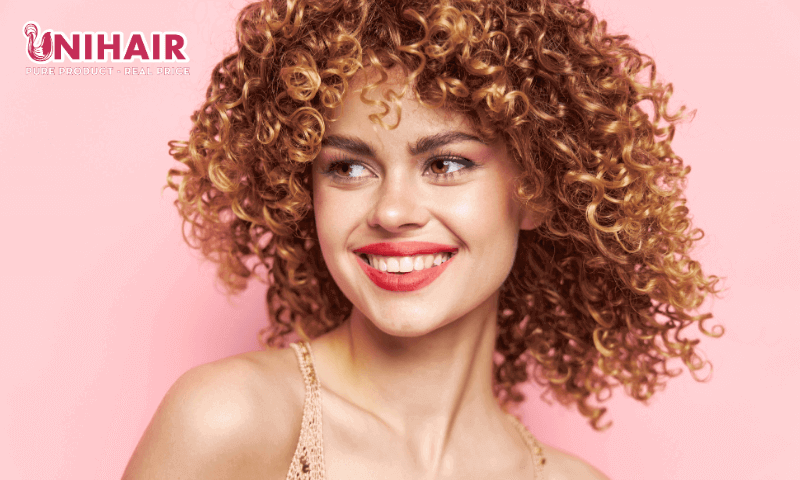
What Is A Relaxer?
A relaxer is a type of lotion or cream generally used by people with tight curls or very curly hair which makes hair easier to straighten by chemically “relaxing” the natural curls. The active agent is usually a strong alkali, although some formulations are based on ammonium thioglycolate or formaldehyde. The solution reduces the curl by breaking down the hair strand and chemically altering the texture.
Most women who decide to get their hair relaxed have curly hair and want it to stick straight without any frizz. The results vary depending on your hair type, but usually, a hair relaxer will leave your hair straight for about six to eight weeks. Unlike other permanent straightening methods, relaxing your hair will require touch-ups from time to time. You can relax your hair at home or at the salon.
Pros Of Using A Relaxer
Relaxers, when used correctly, can significantly reduce the time spent on managing hair. Unruly, frizzy, or curly hair can be smoothed out, making it easier to style and maintain. This can be particularly beneficial for those leading busy lifestyles who need a low-maintenance hair routine.
Another advantage of relaxers is their long-lasting effect. Unlike some other treatments, the straightening effect of relaxers lasts until the hair grows out. This means that you don’t have to frequently reapply the product, which can be both time-saving and cost-effective.
Last but not least, relaxers can provide a sleek, glossy finish that many find attractive. If you’re aiming for a chic, straight-haired look, a relaxer can certainly achieve this.
Cons Of Using A Relaxer
Relaxers, while beneficial in straightening curly or coily hair, come with their fair share of drawbacks. Foremost among these is the potential damage to the hair’s natural structure. The strong chemicals in relaxers permanently alter the hair’s protein structure, potentially leading to dryness, brittleness, and breakage.
Additionally, relaxers can have a deleterious effect on the scalp. They may cause burns and lesions, particularly if left on for too long or used on sensitive scalps. The high pH level of relaxers can disrupt the scalp’s natural acid mantle, leading to dryness, itchiness, and flaking.
Furthermore, the effects of relaxers are irreversible. Once applied, they permanently straighten the hair, and the only way to regain natural curls is to grow out the hair and cut off the relaxed portions. This can be a long and frustrating process, especially for those who regret the decision to relax their hair.
Lastly, frequent use of relaxers can lead to thinning hair and even hair loss. The harsh chemicals can weaken the hair follicles, causing them to fall out more easily. This is a significant consideration for those who are already predisposed to hair thinning or loss.
Are Texturizers And Relaxers The Same?
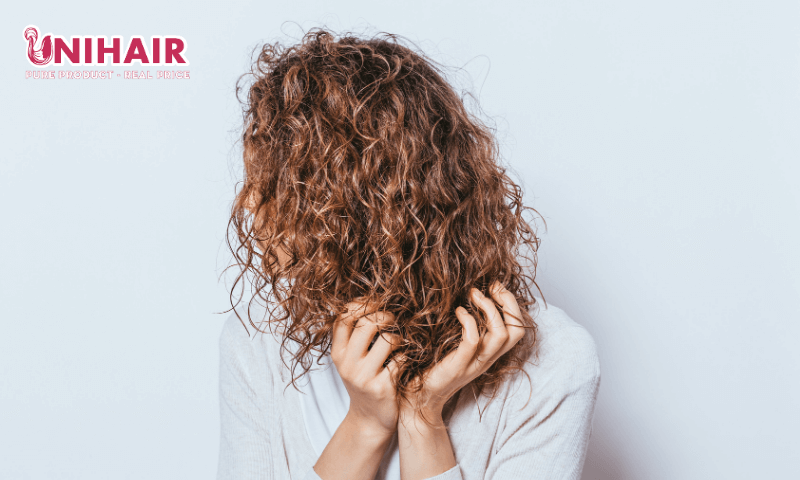
Texturizers and relaxers are not the same; they are two different types of chemical treatments used to alter the natural texture of hair. While both products aim to loosen curls and make hair more manageable, work differently and achieve distinct results.
Texturizers are milder chemical treatments that work by breaking down some of the protein bonds in the hair, specifically the disulfide bonds, which are responsible for the hair’s natural curl pattern. Texturizers are often applied for a shorter duration compared to relaxers, resulting in a more subtle change in the curl pattern. The goal of a texturizer is to soften tight curls, enhance wave patterns, or reduce curl density while maintaining some level of curl or wave. This is the main difference between texturizer and relaxer that one should keep in mind when choosing the right product.
What Is The Difference Between Texturizer And Relaxer?
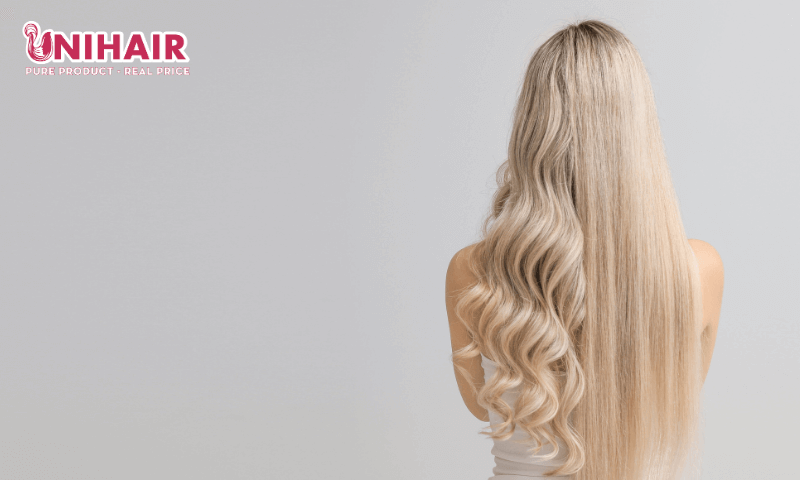
The difference between hair texturizer and relaxer lies in their purpose, chemical composition, application, process results, and potential damage significantly differ.
Purpose
The primary purpose of a texturizer and a relaxer is their desired outcomes. A texturizer is a mild relaxing treatment that loosens the natural curl pattern in the hair. It gives the hair waves or curls, making it easier to manage. On the other hand, a relaxer is a strong chemical treatment that straightens the hair by breaking the bonds in the hair shaft.
Chemical Composition
Texturizers and relaxers have similar chemical ingredients, with the primary compound being a strong alkali, usually sodium hydroxide (lye) or calcium hydroxide (no-lye). However, the concentrations differ. Texturizers contain a lower concentration, making them less potent compared to relaxers. This is obviously one of the most outstanding difference between texturizer and relaxer that one should remember.
Application
The application process for texturizers is quicker than that of relaxers. Texturizers are left on the hair for a shorter period, typically five to ten minutes, which is enough time to subtly loosen the curl pattern. Relaxers, however, are left on the hair longer to thoroughly straighten the curls.
Process Results – The Difference Between Texturizer And Relaxer
The results of using a texturizer and a relaxer are significantly different. A texturizer leaves hair looking wavy or curly but with less frizz and more manageability. A relaxer, however, will leave hair completely straight, smooth, and sleek.
Difference between texturizer and relaxer about Potential Damage
Despite difference between texturizer and relaxer, they both can cause hair damage if not used correctly. However, because relaxers are stronger and left on the hair longer, they have a higher potential for causing significant damage such as hair breakage, dryness, and scalp irritation. Texturizers, though also potentially damaging, are generally less severe due to their milder formulation and shorter application time.
In the end, the answer to the question “Is texturizer better than relaxer?” depends on an individual’s hair goals and personal preferences. Prioritize proper hair care and seek professional guidance to make an informed decision that ensures the health and integrity of your hair. Remember, healthy and well-maintained hair will always be the best choice, regardless of the styling method chosen and difference between texturizer and relaxer.
4 Tips For Choosing The Right Texturizer Or Relaxer For Your Hair
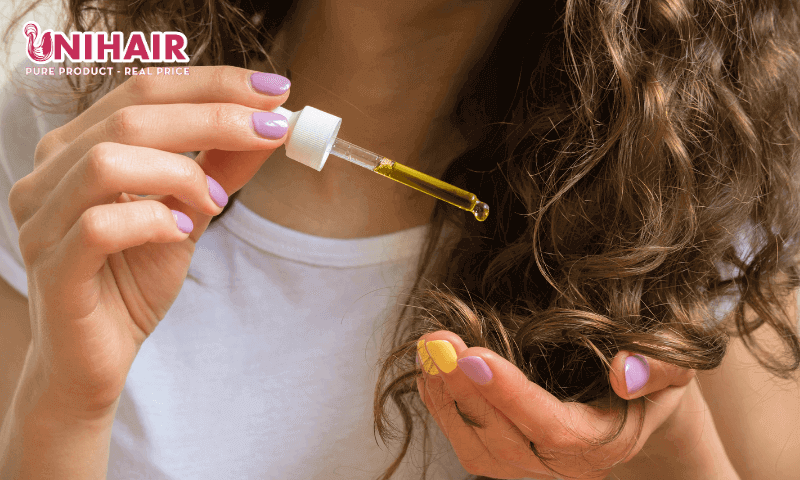
Know Your Hair Type And Texture
Understanding your hair type and texture is the first critical step in choosing the right texturizer or relaxer. Hair varies from fine to coarse, straight to curly, and understanding these characteristics will help determine which product is suitable for your hair.
Research Products And Ingredients
Investigate the ingredients in the texturizer or relaxer you’re considering. Some chemicals, while effective at straightening, can be damaging over time. Look for products that have conditioning and moisturizing elements to nourish your hair while texturizing or relaxing it.
Consult A Professional Stylist
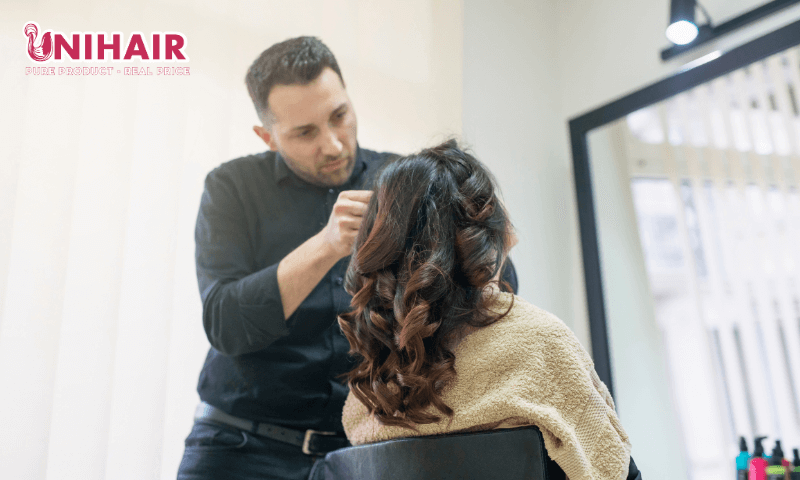
Before deciding to buy a texturizer or a relaxer, it’s crucial to consult a professional stylist. They have the expertise to understand your hair type and can recommend the best product that suits your needs. They can also explain the process and potential outcomes of each option as well as the difference between texturizer and relaxer.
Prioritize Hair Health And Aftercare
Apart from considering about the difference between texturizer and relaxer, the health of your hair should be your primary concern. A texturizer might be a safer choice as it’s less strong than a relaxer, hence it may cause less damage. However, both can be harmful if not used properly, so it’s essential to follow all instructions and take all necessary precautions.
Conclusion
In conclusion, when it comes to the difference between texturizer and relaxer, the key difference lies in their respective purposes and the effects they have on hair. A texturizer is designed to lightly loosen the natural hair texture, providing more flexibility with styles, while a relaxer alters the hair structure to make it straight. It’s a common misconception that texturizers are safer than relaxers. However, both contain chemicals and thus, potential risks. Therefore, it’s crucial to consider your hair type, desired result, and health implications before deciding between a texturizer and a relaxer.

